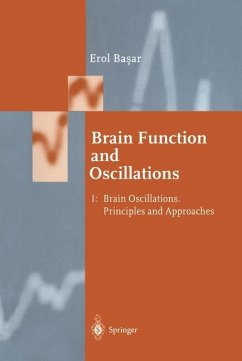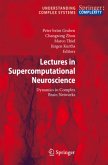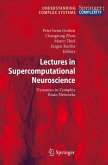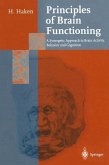by W. J. Freeman These two volumes on "Brain Oscillations" appear at a most opportune time. As the "Decade of the Brain" draws to its close, brain science is coming to terms with its ultimate problem: understanding the mechanisms by which the immense number of neurons in the human brain interact to produce the higher cognitive functions. The ideas, concepts, methods, interpretations and examples, which are presented here in voluminous detail by a world-class authority in electrophysiology, summarize the intellectual equipment that will be required to construct satisfactory solutions to the problem. Neuroscience is ripe for change. The last revolution of ideas took place in the middle of the century now ending, when the field took a sharp turn into a novel direction. During the preceding five decades the prevailing view, carried forward from the 19th century, was that neurons are the carriers of nerve energy, either in chemical or electrical forms (Freeman, 1995). That point of view was enormously productive in terms of coming to understand the chemical basis for synaptic transmission, the electrochemistry of the ac tion potential, the ionic mechanisms of membrane currents and gates, the functional neuroanatomy that underlies the hierarchy of reflexes, and the neural fields and'their resonances that support Gestalt phenomena. No bet ter testimony can be given of the power of the applications of this approach than to point out that it provides the scientific basis for contemporary neu rology, neuropsychiatry, and brain imaging.
From the reviews "These books are very-well written and provide a strong background for explaining neural oscillations ... We strongly believe that the contents of these two volumes will be very useful for those neurophysiologists, biomedical engineers, clinical researchers, physicians, and graduate students who are working in all areas of brain research." (M. Akay & P. Bonetto, IEEE Engineering in Medicine and Biology, 1999) "This book contains a wealth of new experimental findings, techniques for analysis and theoretical conceptions. Anyone interested in brain oscillations and cortical information processing in general will enjoy reading this book." (W. Klimesch, Trends in Cognitive Science, 1999) "One's response to this pair of volumes will inevitably depend of what kind of explanation one finds 'satisfying' .... Nevertheless, this is a landmark publication which may have an inspirational effect on other workers on the field." (S. Jones, Clinical Neurophysiology, 1999)








